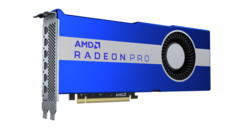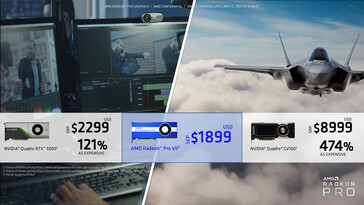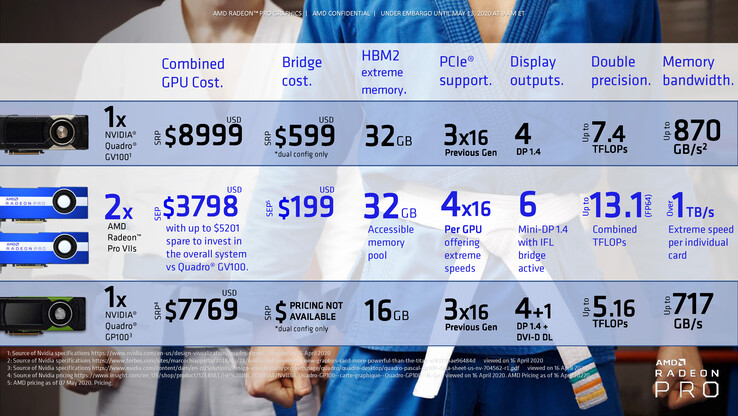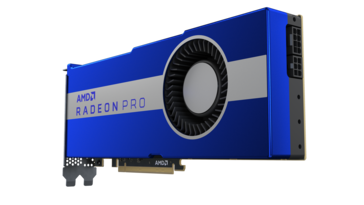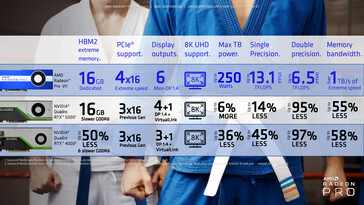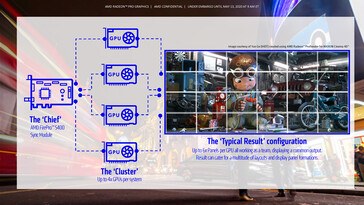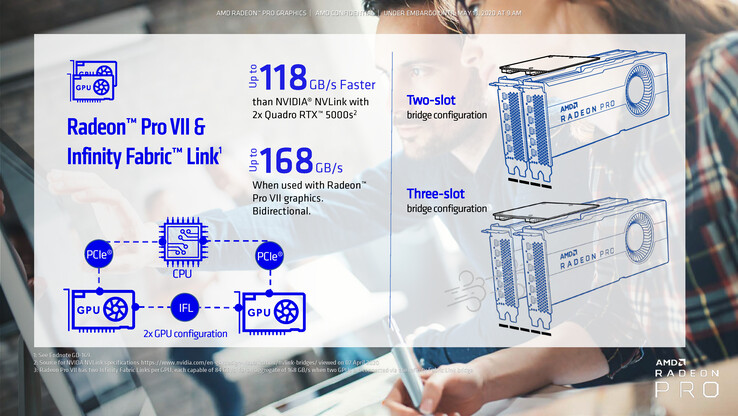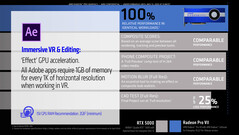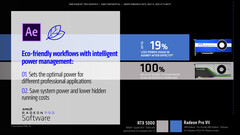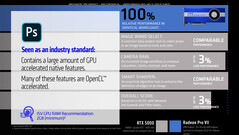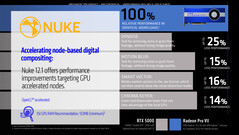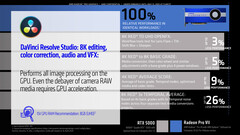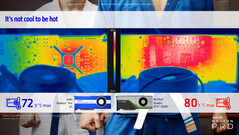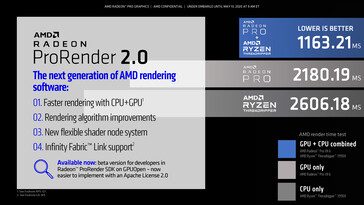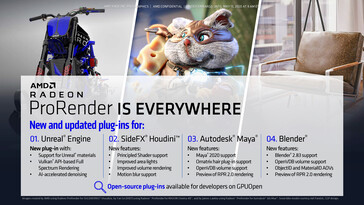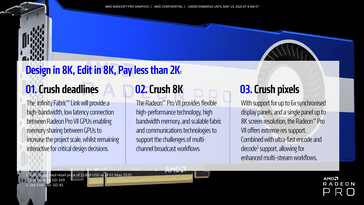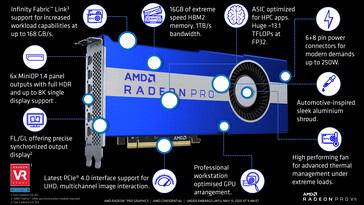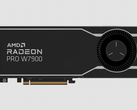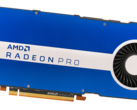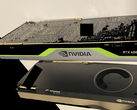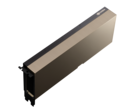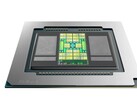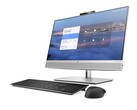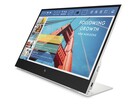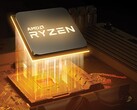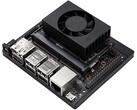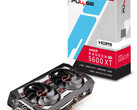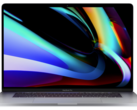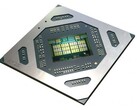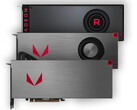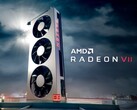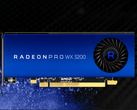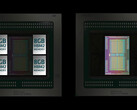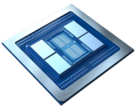AMD has announced the Radeon Pro VII workstation GPU to power industrial applications such as broadcast and media, computer aided engineering (CAE), and high performance computing (HPC) applications. With the Radeon Pro VII, AMD wants to reduce the barrier of entry for these industries by undercut NVIDIA's Quadro RTX 5000 while being a cost-effective alternative (when two Radeon Pro VII's are used) for those wishing to go for an NVIDIA Quadro GV100.
A value proposition for industrial applications
AMD showed a comparative infographic as to how the Radeon Pro VII can be competitive compared to NVIDIA's offerings. For less than half the price of a Quadro GP100, two Radeon Pro VII's connected via the Infinity Fabric Link can offer 2x the VRAM, 4x PCIe Gen4 bandwidth, two additional mini-DisplayPort 1.4 ports, a combined FP64 performance up to 13.1 TFLOPs, and over 1 TB/s memory bandwidth. And unlike the Quadro RTX 4000, the Radeon Pro VII also comes with ECC memory support.
Vega 20 now with PCIe Gen4 support
Even with all the performance and price advantages over competing Quadros, the Radeon Pro VII is still a 7nm Vega 20 die similar to the Radeon VII on the consumer side. However, it may be recalled that the Radeon VII is not PCIe Gen4 capable and neither are the Quadros. The Radeon Pro VII has the same number of stream processors as the Radeon VII (3,840) and comes with 16 GB of HBM2 4096-bit memory with 1 TB/s memory bandwidth.
Unlike the Radeon VII, which had two 8-pin power connectors, the Radeon Pro VII has one 8-pin and one 6-pin connector. Interestingly, the Radeon Pro VII has a lower TDP at 250 W compared to the 295 W rating of the Radeon VII. The TDP is still higher than the Navi 10-based Radeon Pro W5700 (205 W), but this card is specc'ed lower than the Vega 20.
Also available are six mini-DisplayPort 1.4 ports (no HDMI). Each card can therefore hook-up to six FHD displays together or a single 8K panel. Four such cards can be combined as a cluster, which in turn is synced via an AMD FirePro S400 Sync Module called "The Chief" to drive up to 24 displays in sync for digital signage or walls.
Infinity Fabric Link - CrossFire re-born?
AMD claims a 168 GB/s bi-directional bandwidth with the new Infinity Fabric Link. Infinity Fabric Link is a low-latency bridge between two Radeon Pro VII's that allows for sharing memory and increasing bandwidth between two GPUs. Think of it as a re-born CrossFire that the company said it was no longer focusing on. Infinity Fabric Link is compatible with both two-slot and three-slot configurations. AMD said that Infinity Fabric Link is 118 GB/s faster than NVIDIA's NVLink between two Quadro RTX 5000s.
Comparative performance against a Quadro RTX 5000
AMD showed off a few performance numbers in comparison with the NVIDIA Quadro RTX 5000 and they can be seen in the slides below. While both the cards are pretty much neck to neck in most tests, the Radeon Pro VII has the advantage of lower power consumption and a lower TCO. Significant benefits with the Radeon Pro VII are seen during digital compositing in Nuke 12.1 and 8K editing in DaVinci Resolve Studio. The Radeon Pro VII also has the advantage of running cooler than the Quadro RTX 5000 on similar workloads. We will have to verify AMD's claims in actual benchmarks to know how well these numbers hold up in real life.
AMD Radeon ProRender 2.0
Radeon ProRender is a physics-based rendering engine that works with leading applications such as SOLIDWORKS, Maxon Cinema 4D, Foundry Modo, and more. Today, AMD is announcing several new updates to the ProRender suite. The most important development is the way in which licensing works from now on. The ProRender SDK is now available freely under an Apache License 2.0 on GPUOpen — a portal that also includes all open-source ProRender plugins. AMD said that ProRender 2.0 can reduce render times by nearly half when combined with a Ryzen Threadripper CPU, which would otherwise take twice the time when rendered individually on the GPU or the CPU.
AMD's updated developer suite is now comprised of three SDKs including ProRender 2.0, Radeon Rays 4.0, and the Radeon Image Filter Library. Radeon Rays 4.0 supports AMD CPUs and GPUs, and other vendors using DirectX 12 and Vulkan. AMD said Radeon Rays 2.0 is still available for those needing OpenCL support.
Availability
Source(s)
AMD Press Brief




